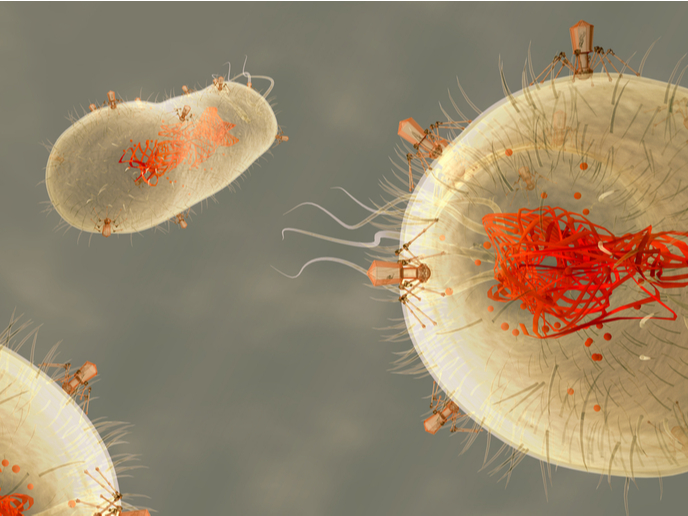Virulence factors of Coxiella
Coxiella burnetii is an intracellular gram-negative bacterium responsible for the zoonosis Q fever, a disease that manifests as an acute flu-like illness. Coxiella mainly targets macrophages but its infection pattern differs from that of any other known pathogen. Coxiella thrives in a parasitophorous vacuole, which is biochemically indistinguishable from lysosomes. Little is known about its virulence factors and their impact on host functions due to the impossibility of genetic manipulation and growth in broth. To overcome this, scientists on the EU-funded Q-SCREEN (Large-scale identification of Coxiella burnetii virulence factors) project set out to perform a large-scale identification of Coxiella virulence factors. Q-SCREEN exploited recent advances in specific growth media of Coxiella. They generated a large number of mutants for subsequent phenotypic screen of those bacterial factors that are involved in host cell invasion and colonisation. The outcome of the functional assays was cross-referenced with previous bioinformatics database containing putative Coxiella virulence factors. The consortium investigated over 1000 Coxiella mutations and identified several bacterial proteins involved in the key steps of host cells' colonisation. One membrane protein proved to be essential for bacterial internalisation within non-phagocytic cells, a finding that was validated in a non-mammalian animal model of Coxiella infection. Structural analysis of this protein unveiled the existence of OmpA domains, which comprise the most immunodominant antigens in the outer membrane of Gram-negative bacteria. Collectively, the Q-SCREEN project demonstrated that the investigation of host/pathogen interactions is an efficient method for the study of infectious diseases. Understanding how intracellular bacteria adhere to and invade their host is also essential for developing targeted vaccines.







